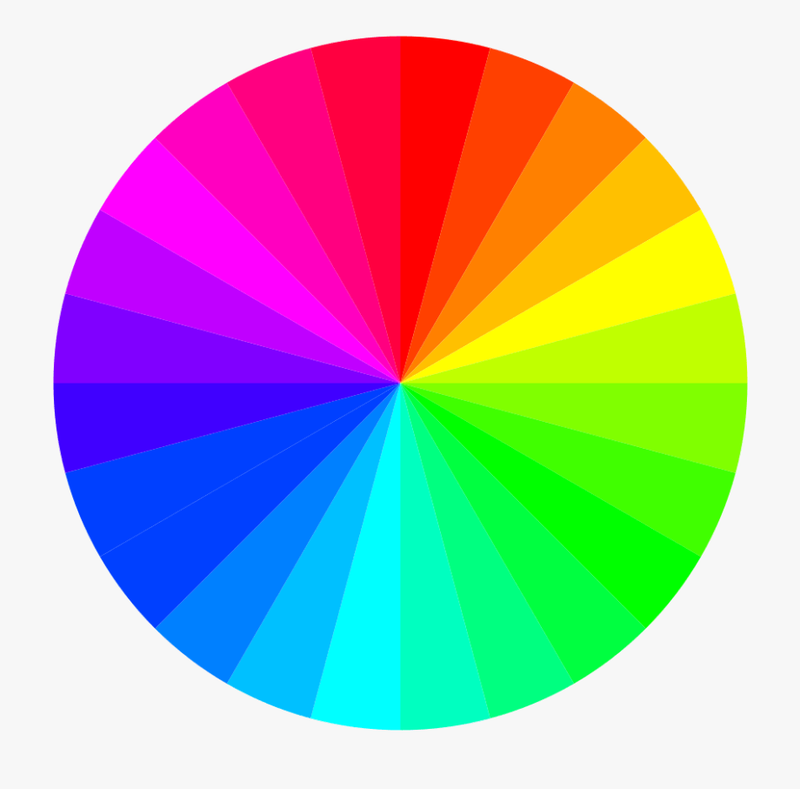What is the Plant Light Spectrum?

 Light spectrum is the range of wavelengths produced by a light source. When discussing light spectrum, the term ‘light’ refers to the visible wavelengths of the electromagnetic spectrum that humans can see from 380–740 nanometers (nm). Ultraviolet (100–400 nm), far-red (700–850 nm), and infra-red (700–106 nm) wavelengths are referred to as radiation. As growers, we’re most interested in the wavelengths that are relevant to plants. Plants detect wavelengths that include ultraviolet radiation (260–380 nm) and the visible portion of the spectrum (380–740 nm) which includes PAR (400–700 nm), and far-red radiation (700–850 nm). When considering light spectrum for horticultural applications, greenhouse and indoor environments will differ. With indoor environments your grow light’s spectrum will account for the total light spectrum that your crop receives. Whereas in a greenhouse you must consider that your plants are receiving a combination of grow light and solar spectrum. Either way, the amount of each waveband that your crop receives will have significant effects on growth.
Light spectrum is the range of wavelengths produced by a light source. When discussing light spectrum, the term ‘light’ refers to the visible wavelengths of the electromagnetic spectrum that humans can see from 380–740 nanometers (nm). Ultraviolet (100–400 nm), far-red (700–850 nm), and infra-red (700–106 nm) wavelengths are referred to as radiation. As growers, we’re most interested in the wavelengths that are relevant to plants. Plants detect wavelengths that include ultraviolet radiation (260–380 nm) and the visible portion of the spectrum (380–740 nm) which includes PAR (400–700 nm), and far-red radiation (700–850 nm). When considering light spectrum for horticultural applications, greenhouse and indoor environments will differ. With indoor environments your grow light’s spectrum will account for the total light spectrum that your crop receives. Whereas in a greenhouse you must consider that your plants are receiving a combination of grow light and solar spectrum. Either way, the amount of each waveband that your crop receives will have significant effects on growth.


